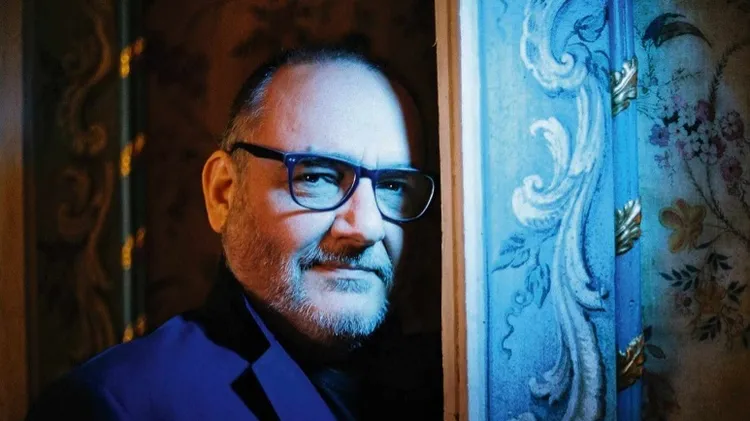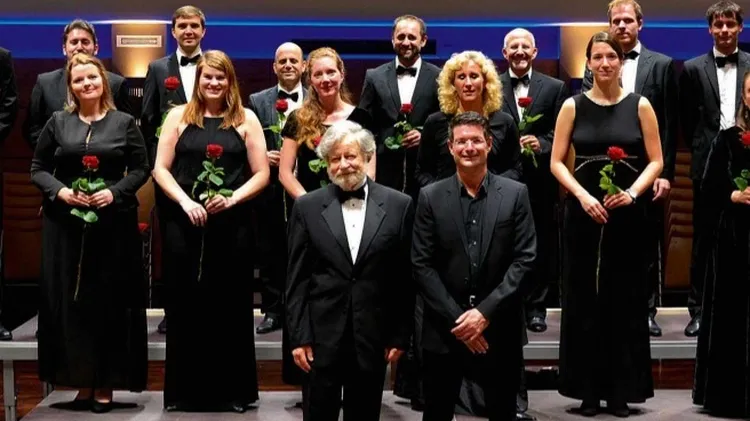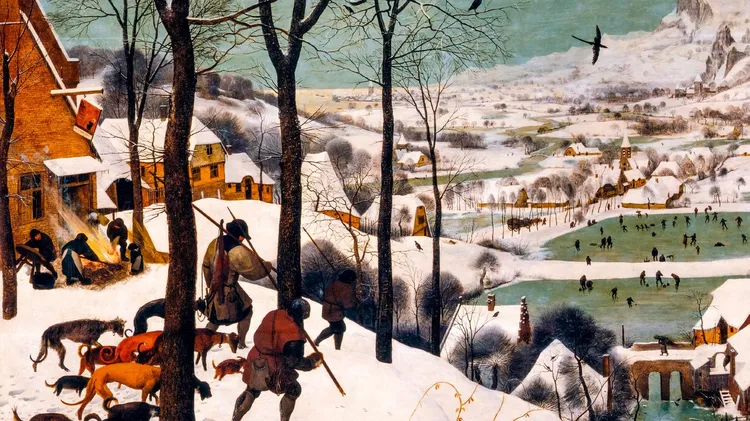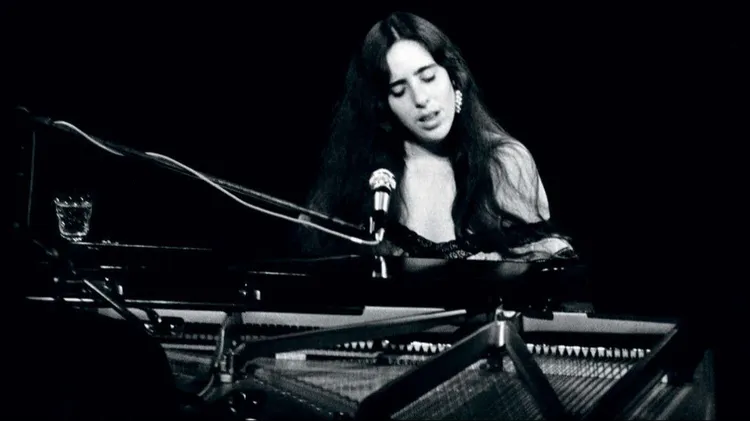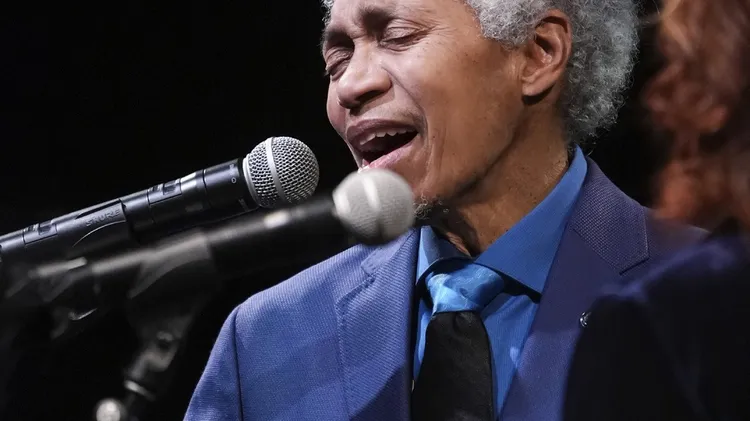The treble Ernest Lough’s solo singing earned instant acclaim on HMV�
On a wing and a prayer
7 min read
This article is from...
Read this article and 8000+ more magazines and newspapers on Readly

